When the Vikings arrived in Scotland they introduced their own religion and beliefs. The Vikings worshipped powerful gods and believed that bravery when alive promised them a better life after they died.
The Vikings believed in many gods and buried people with items to carry with into their afterlives
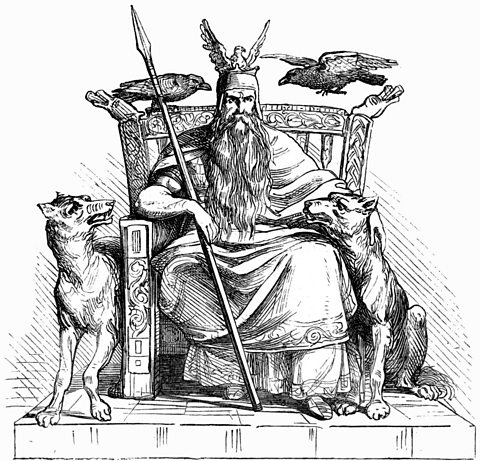
What did the Vikings believe?
The Vikings were very superstitious people. They believed that they shared their world with a whole range of gods and mystical creatures.
The best known of the Viking gods are Odin, Thor, and Freya. We remember them because, in English, the days of the week are named after them.
- Woden’s Day - Odin was also known as Woden and from that name we got Wednesday
- Thor’s Day - the Viking god Thor gave his name to Thursday
- Freya’s Day - the goddess Freya we remember through Friday

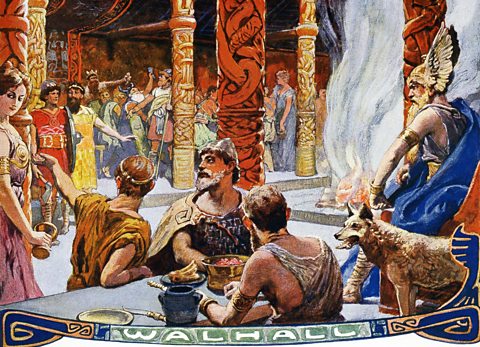
Welcome to Valhalla
For Vikings, the best possible outcome was to die bravely in battle. They believed that, if they were lucky, winged female spirits called Valkyries would swoop down to collect the souls of the dying warriors and take them to live with Odin at Valhalla.
Valhalla was the Viking version of Heaven. The warriors who made it there would live in Odin’s great hall and spend eternity drinking beer, eating roast meat, and having a great time.
There were other places dead Vikings could go, too. The goddess Freya got her share of the dead. They went with her to a beautiful field called ąóĂł±ô°ě±ą˛ą˛Ô˛µ°ů and, like in Valhalla, they could look forward to feasts and fine times.
There was also another place the dead could end up – Hell. This wasn’t an awful place full of demons and flames like our modern version, however. It was an underground kingdom that actually sounded quite nice.

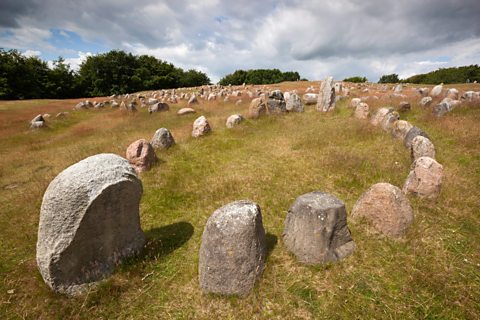
How did Vikings treat their dead?
Because death was not seen as the complete end of a person’s life, the Vikings went to great lengths to prepare their dead for the afterlife – wherever they ended up.
Vikings were buried with all the things that were important to Vikings: their swords and axes; fine clothes; gold and jewellery. It was believed that they would need these in the afterlife.
This is why today, Viking burial sites are so important to archaeologists and historians – the graves are packed full of treasures and belongings that tell us so much about how the Vikings lived.

More on Vikings
Find out more by working through a topic
- count6 of 9
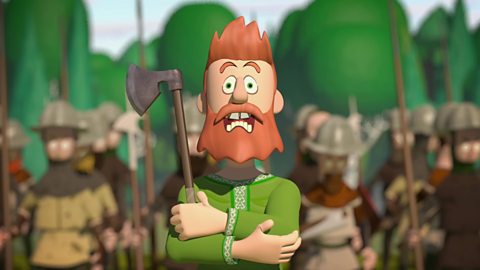
- count7 of 9

- count8 of 9
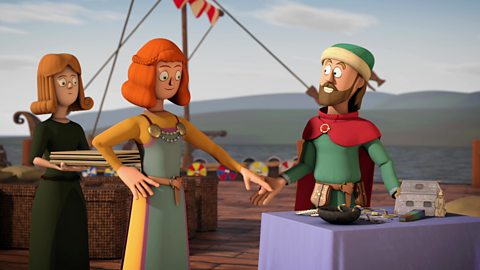
- count9 of 9
